Creating Garden Markers with Recycled Spoons
Have you ever looked at a pile of old spoons and thought, "These could be something more"? Well, you're in for a treat! In this article, we’ll dive into the delightful world of crafting garden markers using recycled spoons. Not only is this project a fun way to express your creativity, but it also contributes to a healthier planet by reducing waste. Imagine strolling through your garden and seeing unique markers that tell the story of each plant. It’s like giving your garden a personality! So, grab those spoons, and let’s get started on this eco-friendly adventure.
Using recycled materials is a fantastic way to breathe new life into items that might otherwise end up in the landfill. When you opt for recycled spoons, you're not just saving the environment; you're also adding a personal touch to your garden that store-bought markers simply can’t match. Think about it: every time you glance at a marker made from a spoon, you're reminded of its past life and the creativity it now embodies. Plus, it’s an opportunity to showcase your style. Whether you prefer a rustic look or something more vibrant, the possibilities are endless!
When it comes to making garden markers, the type of spoon you choose can make a world of difference. Not all spoons are created equal, and selecting the right one is crucial for durability and aesthetics. Here’s a quick rundown of the types of spoons you might consider:
- Metal Spoons: These are incredibly sturdy and can withstand various weather conditions.
- Plastic Spoons: Lightweight and easy to work with, but may not last as long outdoors.
- Wooden Spoons: These offer a rustic charm but require proper treatment to withstand moisture.
Each type has its own advantages and limitations, so think about what will work best for your garden setup.
If you’re looking for longevity, metal spoons are your best bet. They’re not only durable but also weather-resistant, making them ideal for outdoor use. Plus, they can be personalized in various ways, from painting to engraving. This means your garden markers can be as unique as the plants they represent. Whether you want to label your herbs or showcase your flowers, metal spoons can handle it all!
One of the simplest ways to personalize your metal spoons is by painting them. Choosing the right paint is essential for achieving a weatherproof finish. Look for outdoor acrylic paints that can withstand the elements. Here are a few tips to get you started:
- Make sure to clean the spoons thoroughly before painting.
- Apply a primer to help the paint adhere better.
- Seal your painted spoons with a clear weatherproof spray.
With these steps, your garden markers will not only look stunning but also stand the test of time.
If you want a more permanent solution, consider engraving your metal spoons. This technique allows you to create clean, readable labels that won’t fade over time. You can use various tools for engraving, including:
- Engraving pens
- Dremel tools
- Handheld engraving tools
Whichever method you choose, practice on a spare spoon first to get a feel for it. You’ll be amazed at how professional your markers can look!
Don’t overlook plastic and wooden spoons as alternatives. They are versatile and can be customized easily. Plastic spoons are great for a quick project, while wooden spoons add a rustic touch. However, keep in mind that wooden spoons may require additional care to prevent rot. A coat of varnish can help protect them from moisture, ensuring they last longer in your garden.
Adding a personal touch to your garden markers makes them truly unique. Whether you’re painting, stenciling, or adding embellishments, the goal is to create something that reflects your personality and style. For instance, you might want to stencil the names of your plants or add colorful designs that brighten up your garden space. The more creative you get, the more your garden will stand out!
Using paint and stencils can elevate your garden markers to a whole new level. Choose colors that complement your plants and surroundings. When applying stencils, ensure they are securely placed to avoid any paint bleed. This technique can help you achieve a professional look without needing advanced artistic skills.
Don’t shy away from embellishments! Adding elements like beads, ribbons, or even natural items like dried flowers can give your markers a charming finish. Imagine a spoon marker adorned with a tiny ribbon tied at the handle or a bead that adds a pop of color. These small details can make a big difference in the overall aesthetic of your garden.
Once your garden markers are complete, it’s essential to think about their placement and care. Position them near the plants they represent, ensuring they’re visible but not obstructing any growth. Regularly check your markers to ensure they’re in good condition. A quick wipe or touch-up can keep them looking fresh and vibrant throughout the growing season.
Q: Can I use any type of paint on metal spoons?
A: It’s best to use outdoor acrylic paint designed for metal surfaces to ensure durability.
Q: How long will my garden markers last?
A: With proper care, metal markers can last for several years, while wooden and plastic markers may require more frequent replacement.
Q: What tools do I need for engraving?
A: You can use engraving pens, Dremel tools, or handheld engraving tools for this purpose.
Q: Can I use recycled spoons from any material?
A: Yes! Metal, plastic, and wooden spoons all have their own unique benefits for garden markers.
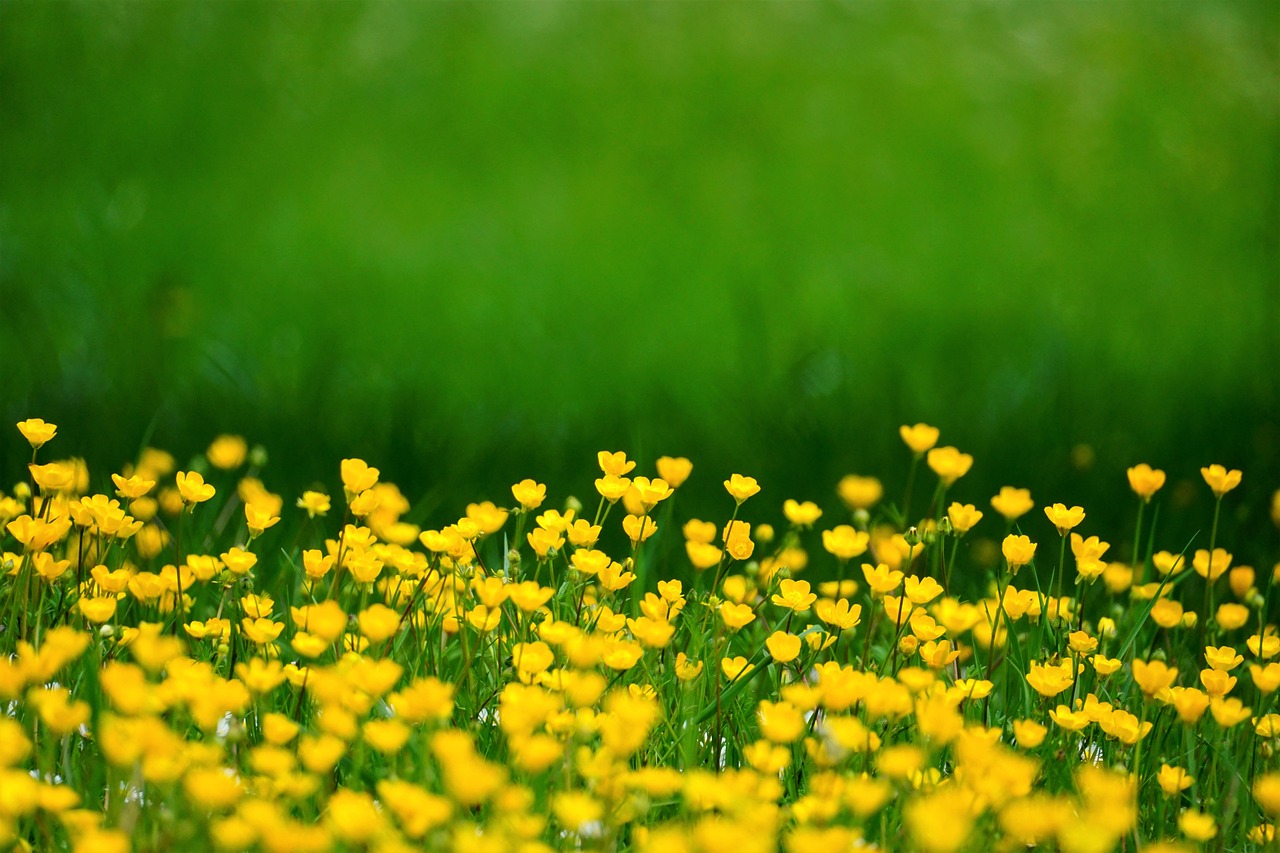
Why Use Recycled Materials?
Using recycled materials in your garden not only helps to reduce waste but also adds a unique touch to your gardening experience. Imagine transforming everyday items, like old spoons, into charming garden markers that tell a story while being eco-friendly. This creative process allows you to express your personality and style, making your garden a true reflection of you.
One of the most significant benefits of utilizing recycled materials is the environmental impact. By repurposing items that would otherwise end up in a landfill, you contribute to reducing pollution and conserving natural resources. Think about it: every time you choose to recycle, you're making a conscious decision to support the planet. It's like giving Mother Earth a big hug! Plus, using recycled materials often leads to discovering creative possibilities that you might not have considered before.
Moreover, when you opt for recycled items, you can create a personalized garden space that stands out from the rest. Every spoon marker can be uniquely designed, showcasing your creativity. You can paint them in vibrant colors or engrave them with the names of your favorite herbs and flowers. The possibilities are endless! Not to mention, these markers can become conversation starters for visitors who admire your handiwork.
In addition to being environmentally friendly and visually appealing, using recycled materials can also be cost-effective. Instead of spending money on new, commercially made garden markers, you can create your own at a fraction of the cost. This DIY approach not only saves you money but also allows you to engage in a fun and rewarding project that brings you closer to nature.
Lastly, creating garden markers from recycled materials fosters a sense of community and sharing. You might find yourself inspired to host a garden crafting party with friends, where everyone can bring their own old spoons and create something beautiful together. This not only strengthens bonds but also promotes the idea of sustainability within your social circle.
In summary, using recycled materials for garden markers is a fantastic way to reduce waste, express creativity, save money, and foster community. So grab those old spoons and let your imagination run wild!
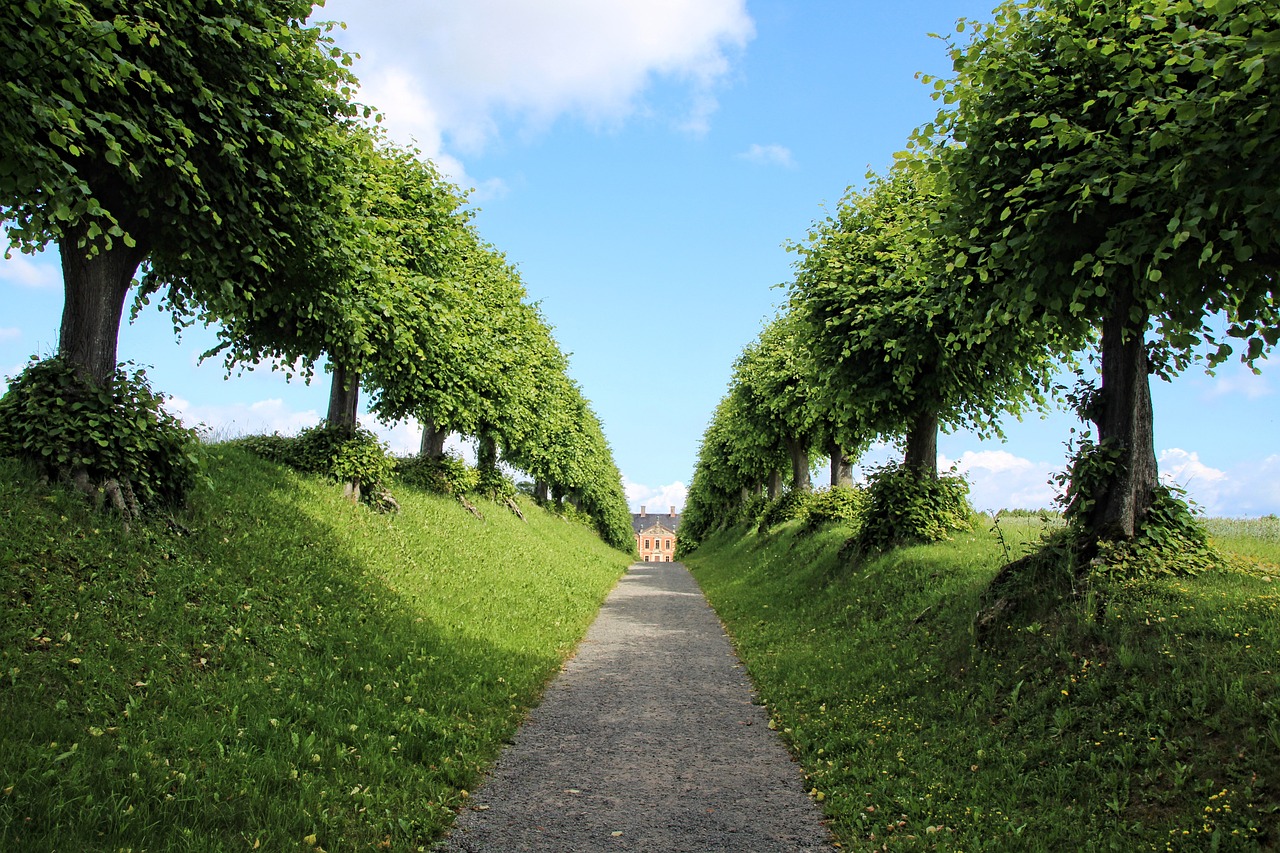
Choosing the Right Spoons
When it comes to creating your own garden markers, is a crucial first step that can significantly impact both the functionality and aesthetic appeal of your garden. You might be wondering, "What type of spoons should I use?" Well, the answer lies in understanding the different materials available and how they can serve your gardening needs. Let's dive into the options!
There are three primary types of spoons you can consider for your garden markers: metal, plastic, and wooden. Each type has its own unique characteristics, advantages, and potential drawbacks. For instance, metal spoons are incredibly durable and can withstand various weather conditions, making them a popular choice for long-term use. On the other hand, plastic spoons are lightweight and can be easily customized, while wooden spoons offer a rustic charm that can beautifully complement a natural garden setting.
To help you choose the best option, here’s a quick breakdown:
| Type of Spoon | Durability | Customization Options | Weather Resistance |
|---|---|---|---|
| Metal | High | Painting, Engraving | Excellent |
| Plastic | Medium | Painting, Stickers | Good |
| Wooden | Medium | Painting, Carving | Fair |
As you can see from the table, metal spoons stand out for their high durability and excellent weather resistance. They are perfect for those who want their garden markers to last for years without fading or deteriorating. However, if you prefer a more playful and creative approach, plastic spoons can be a fantastic canvas for your artistic flair, allowing for vibrant colors and fun designs.
Wooden spoons, while charming, may require a bit more care since they can be susceptible to the elements. If you choose wooden spoons, consider applying a weatherproof sealant after painting or decorating to enhance their longevity.
Ultimately, the choice of spoon will depend on your personal style and how you envision your garden markers blending into your garden space. Whether you go for the robust metal spoons, the colorful plastic ones, or the earthy wooden options, each will bring its own unique character to your garden.

Metal Spoons
When it comes to creating garden markers, stand out as a top choice due to their durability and weather resistance. Unlike their plastic counterparts, metal spoons can withstand the elements, ensuring that your garden markers will last through rain, sun, and everything in between. Imagine planting your favorite herbs and vegetables, only to have your markers fade away after a few weeks. With metal spoons, that’s a worry of the past!
One of the fantastic things about using metal spoons is their sturdy nature. Whether you choose stainless steel, aluminum, or even vintage silverware, these materials not only resist rust but also provide a chic, rustic aesthetic to your garden. You can personalize your metal spoons in various ways, making them not just functional but also an artistic addition to your garden space.
To get started, you’ll want to gather a few essential supplies. Here’s a quick rundown of what you need:
- Metal spoons (old or new)
- Acrylic paint or outdoor spray paint
- Engraving tools (if you choose to engrave)
- Clear sealant to protect your design
The beauty of metal spoons lies in their versatility. You can either paint them for a splash of color or use engraving techniques to create a more permanent label. Painting allows for creativity; you can choose vibrant colors that pop against the greenery of your garden. On the other hand, engraving provides a classic, elegant touch that can withstand the test of time.
If you opt for painting, consider using outdoor acrylic paints that are designed to resist fading and peeling. A coat of clear sealant afterward can add an extra layer of protection against the elements. For those who prefer engraving, you can use tools like a Dremel or even a simple metal engraving pen. Just be sure to practice on a scrap piece first to get the hang of it!
In summary, metal spoons are not only practical but also a delightful way to express your creativity in the garden. They allow you to label your plants while adding a touch of personality to your outdoor space. So, gather those old spoons, and let your imagination run wild!

Painting Metal Spoons
When it comes to transforming ordinary metal spoons into stunning garden markers, painting is one of the most effective and enjoyable methods. Not only does it allow you to customize the look of your markers, but it also adds a splash of color that can brighten up your garden space. The key to achieving a beautiful finish lies in choosing the right paint and applying it correctly. So, let's dive into the essentials of painting metal spoons!
First off, you'll want to select a paint that is specifically designed for metal surfaces. Acrylic paint is a popular choice because it adheres well to metal and dries quickly, but it may not hold up against the elements over time. For a more durable option, consider using enamel paint, which is designed to withstand outdoor conditions. This type of paint provides a glossy finish and is less likely to chip or fade. If you’re feeling adventurous, you might even explore using spray paint, which can give your spoons a smooth, even coat in no time.
Before you start painting, it's essential to prepare your spoons properly. Give them a good wash with soap and water to remove any dirt or grease, and then dry them thoroughly. For better adhesion, you might want to lightly sand the surface of the spoons to create a rough texture. This step is particularly important if you're using a glossy paint, as it helps the paint stick better. Once your spoons are clean and dry, you can set up your workspace. Lay down some newspaper or a plastic sheet to protect your surfaces from paint splatters.
Now comes the fun part! If you're using acrylic or enamel paint, you can apply it with a brush or a sponge. For spray paint, hold the can about 6-12 inches away from the spoon and spray in light, even coats. It's better to apply multiple thin layers rather than one thick layer, as this will help prevent drips and ensure a smooth finish. Allow each coat to dry completely before applying the next one. Depending on the paint type, this could take anywhere from 30 minutes to a few hours.
After your final coat has dried, it’s crucial to seal your painted spoons to protect them from the elements. A clear acrylic sealer or a spray-on sealant can provide an extra layer of protection against rain and UV rays. Just be sure to follow the manufacturer’s instructions for application and drying times. Once sealed, your garden markers will not only look fantastic but will also stand the test of time!
To inspire your creativity, consider using different colors for each marker to correspond with the plants they represent. You might even want to incorporate patterns or designs, such as polka dots or stripes, to make your garden stand out. The possibilities are endless, and the result will be a set of personalized garden markers that reflect your style and love for gardening!
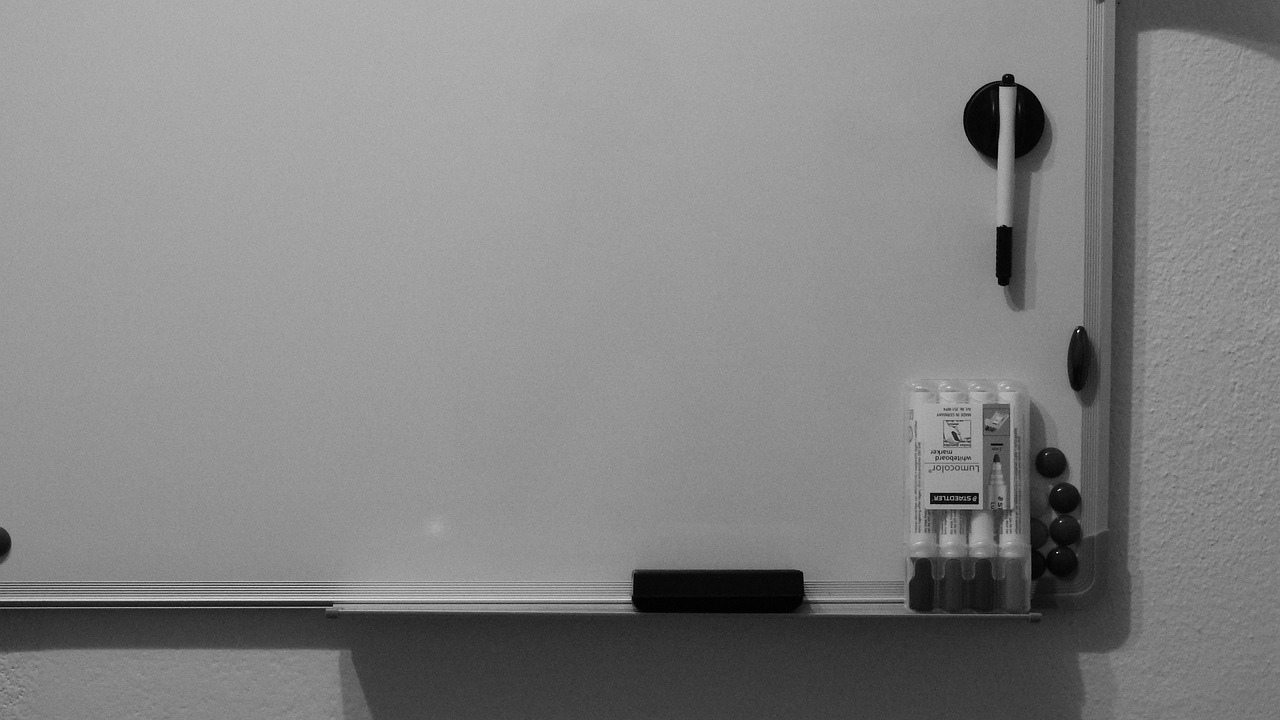
Engraving Techniques
Engraving metal spoons is not just a practical way to label your plants; it’s also an opportunity to express your creativity and make your garden truly yours. When you choose to engrave, you're opting for a permanent solution that withstands the elements far better than paint or other temporary methods. But how do you get started with this engaging craft? Let’s dive into some popular engraving techniques that will help you create stunning garden markers.
First off, you’ll need to gather some essential tools. The good news is that you don’t need to break the bank to get started. Here’s a quick list of what you’ll need:
- Engraving Tool: A rotary tool with engraving bits works wonders, but you can also use a handheld engraver for more control.
- Safety Gear: Always wear safety glasses to protect your eyes from metal shavings.
- Stencils (optional): If you want to achieve a specific font or design, stencils can be incredibly helpful.
Once you have your tools ready, it's time to prepare your spoon. Start by cleaning the surface to remove any dirt or grease. This ensures that your engraving is clean and clear. Next, if you’re using stencils, place them on the spoon and secure them with tape. This will guide your engraving and help you achieve a professional look.
Now, let’s talk technique. When you begin engraving, use a light touch and gradually build depth. It's much like drawing; you want to start lightly and then add pressure as needed. Move your tool slowly along the surface to create smooth lines. If you’re looking for a more textured effect, try varying your speed and pressure while engraving. Remember, patience is key here. Rushing can lead to mistakes that might ruin your lovely spoon.
Another method to consider is using a Dremel tool with a fine engraving bit. This allows for intricate designs and detailed lettering. If you’re feeling adventurous, you can even create beautiful patterns or images that reflect your personality. Just keep in mind that practice makes perfect! Don't hesitate to experiment on a spare spoon before you tackle your final piece.
Once you’re satisfied with your engraving, it’s essential to clean up any rough edges. A fine-grit sandpaper can help smooth out the surface and give your marker a polished look. Finally, consider applying a clear sealant to protect your engraved design from the elements. This will ensure that your hard work lasts through rain, sun, and whatever else nature throws at it!
In conclusion, engraving your garden markers with metal spoons is a fun and rewarding process. Not only does it allow you to label your plants effectively, but it also adds a personal touch to your garden. So grab those spoons, unleash your creativity, and let your garden reflect your unique style!
Q: Can I engrave plastic or wooden spoons?
A: While engraving is most effective on metal, you can achieve similar effects on wooden spoons using a wood-burning tool. Plastic spoons, however, are not ideal for engraving.
Q: How do I make sure my engraving lasts?
A: Using a clear sealant after engraving can help protect your design from weather damage, ensuring it remains vibrant and readable for a long time.
Q: What if I make a mistake while engraving?
A: Don’t worry! You can often fix minor mistakes by carefully sanding the area down and re-engraving. Alternatively, you can embrace the imperfections as part of the handmade charm!
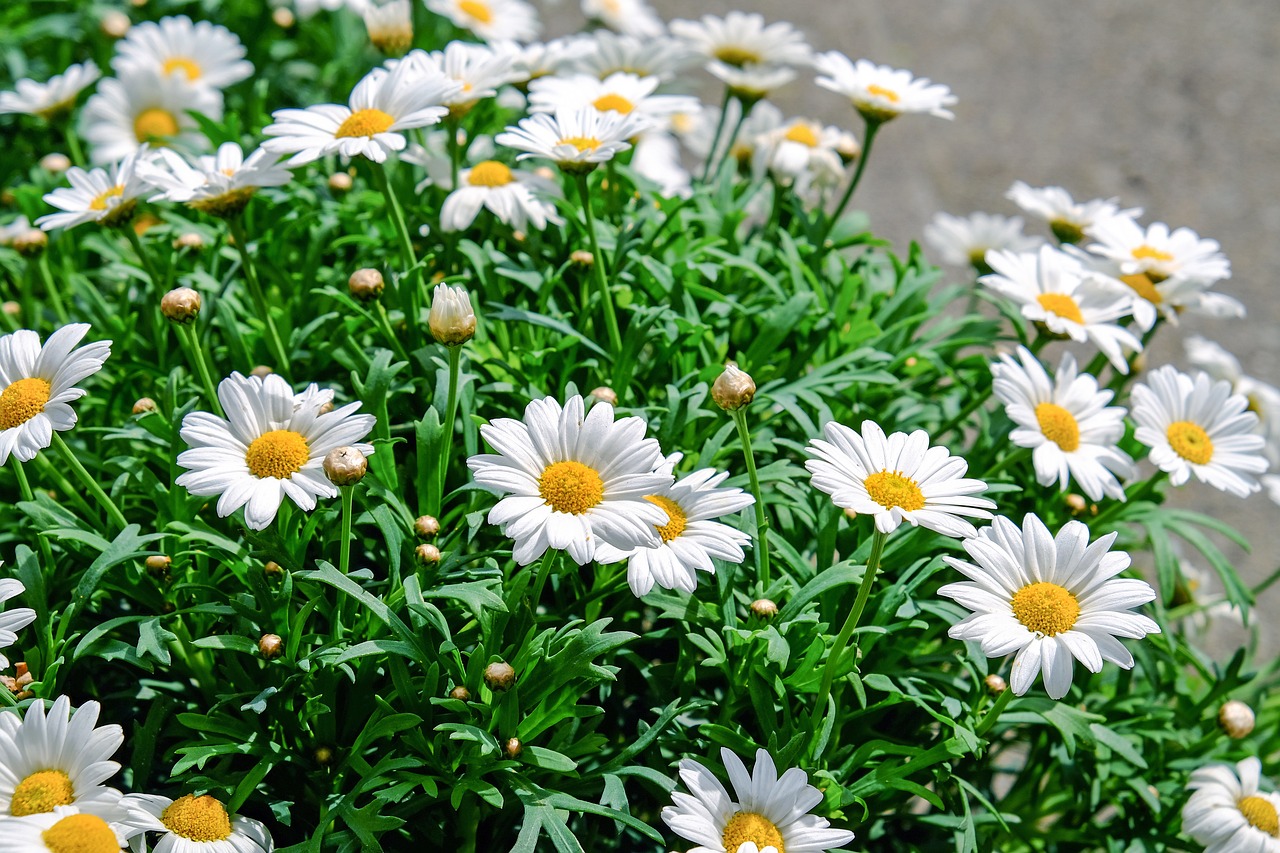
Plastic and Wooden Spoons
When it comes to creating garden markers, offer a delightful and versatile alternative to their metal counterparts. These materials are not only lightweight and easy to handle, but they also provide a canvas for creativity that can transform your garden into a personalized oasis. Plastic spoons are particularly popular because they come in a myriad of colors and designs, allowing you to match them with your garden's aesthetic. On the other hand, wooden spoons bring a rustic charm that can complement a more natural or traditional garden setting.
One of the major advantages of using plastic spoons is their durability against weather elements. They resist rusting and can withstand rain, making them a practical choice for outdoor use. However, it's essential to consider that prolonged exposure to sunlight may cause some fading over time. To combat this, you could use UV-resistant spray paint or sealants that help preserve their vibrant colors. Wooden spoons, while not as resistant to the elements, can be treated with weatherproof finishes to enhance their longevity. This makes them a great option for those who prefer a more organic look in their garden.
When customizing your markers, both materials allow for a variety of decoration techniques. For plastic spoons, you can use permanent markers or paint to label your plants. The smooth surface of plastic makes it easy to write on, ensuring that your labels are clear and legible. Meanwhile, wooden spoons can be engraved or painted, giving you the opportunity to create intricate designs. Consider using wood-burning tools for a more permanent and artistic touch. This method not only labels your plants but also adds an artistic flair to your garden decor.
To personalize your garden markers, think about incorporating various decorative elements. For example, you can use washi tape on plastic spoons for a splash of color, or you might attach small charms or beads to wooden spoons for added embellishment. These touches can make your garden markers truly one-of-a-kind. Remember, the goal is to create markers that not only serve a practical purpose but also enhance the visual appeal of your garden space.
In conclusion, whether you choose plastic or wooden spoons for your garden markers, both options offer unique benefits that can help you express your personality and creativity. The key is to explore the possibilities and have fun with the process. After all, gardening is not just about plants—it's about creating a space that reflects who you are!
- Can I use regular paint on plastic spoons? Yes, but make sure to use paint that is suitable for plastic and consider applying a sealant for durability.
- How do I protect wooden spoons from the weather? Treat them with a weatherproof finish or sealant to enhance their durability against the elements.
- What is the best way to write on my garden markers? Permanent markers or paint pens work well for both plastic and wooden spoons, ensuring your labels are clear and long-lasting.
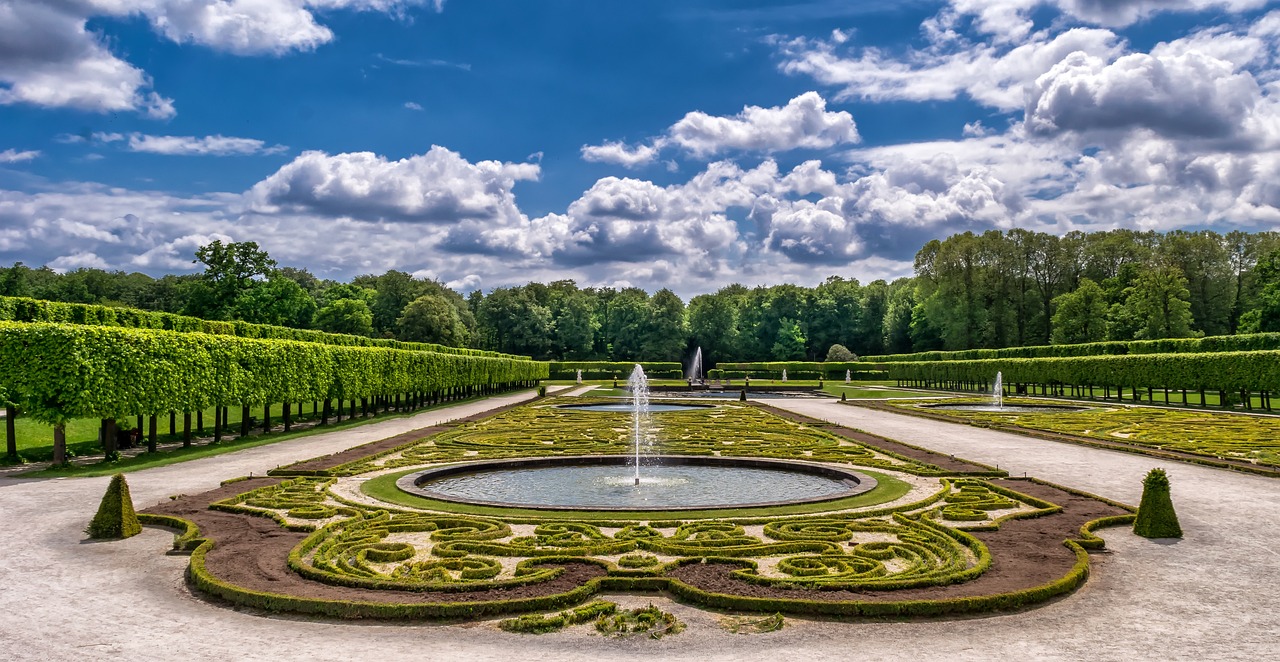
Personalizing Your Markers
Adding a personal touch to your garden markers can transform them from simple labels into a unique expression of your gardening style. Personalization not only makes your garden more visually appealing but also allows you to showcase your creativity. Imagine walking through your garden and seeing markers that reflect your personality or even tell a story about each plant. So, how can you achieve this? Let’s dive into some exciting decoration techniques that will make your garden markers stand out!
One of the most popular ways to personalize your markers is through painting. You can let your imagination run wild with colors and designs that resonate with you. Whether you choose vibrant hues or soft pastels, the key is to select paints that are durable and weather-resistant. Acrylic paints are often a great choice because they adhere well to various surfaces and can withstand outdoor conditions. Additionally, using stencils can help you create consistent and professional-looking designs. Imagine using stencils to paint the names of herbs or flowers in elegant fonts—what a delightful way to add charm!
Another fantastic option is to incorporate embellishments into your markers. Think about adding beads, ribbons, or even natural elements like twigs and leaves. These embellishments can elevate the aesthetic of your markers, making them not just functional but also artistic. For instance, you could tie a small ribbon around the top of a spoon marker for a touch of whimsy or glue on some colorful beads for a pop of color. The possibilities are endless, and it’s all about what resonates with you and your garden’s theme.
When it comes to personalization, don’t forget about the power of texturing. You can create a tactile experience by using materials like sandpaper to give a rustic feel to wooden spoons or by wrapping twine around the handle of a plastic spoon for a more natural look. Textures can add depth and interest to your garden markers, making them more engaging to the eye.
Finally, consider the story behind each plant. You might want to include a little note or a fun fact about the plant on your marker. For example, if you have a marker for a tomato plant, you could write something like “Homegrown goodness!” or “Tomatoes are a gardener’s delight!” This not only personalizes your markers but also adds a conversational element to your garden, inviting visitors to engage with the space.
In summary, personalizing your garden markers is a wonderful way to express yourself and enhance your gardening experience. Whether you choose to paint, add embellishments, or tell a story, the goal is to make your garden uniquely yours. So gather your materials, unleash your creativity, and let your garden markers reflect your personality!
- What materials do I need to personalize my garden markers?
You will need a variety of paints, brushes, stencils, and embellishments like beads or ribbons. Additionally, consider using durable materials that can withstand the elements. - Can I use regular paint on metal spoons?
It’s best to use weather-resistant paint, such as acrylic or enamel, to ensure your designs last longer outdoors. - How do I ensure my designs stay intact in the rain?
Make sure to seal your painted markers with a clear, waterproof sealant to protect them from moisture. - Are there any tips for engraving metal spoons?
Yes! Use a steady hand and consider starting with a light sketch of your design before engraving to ensure accuracy.
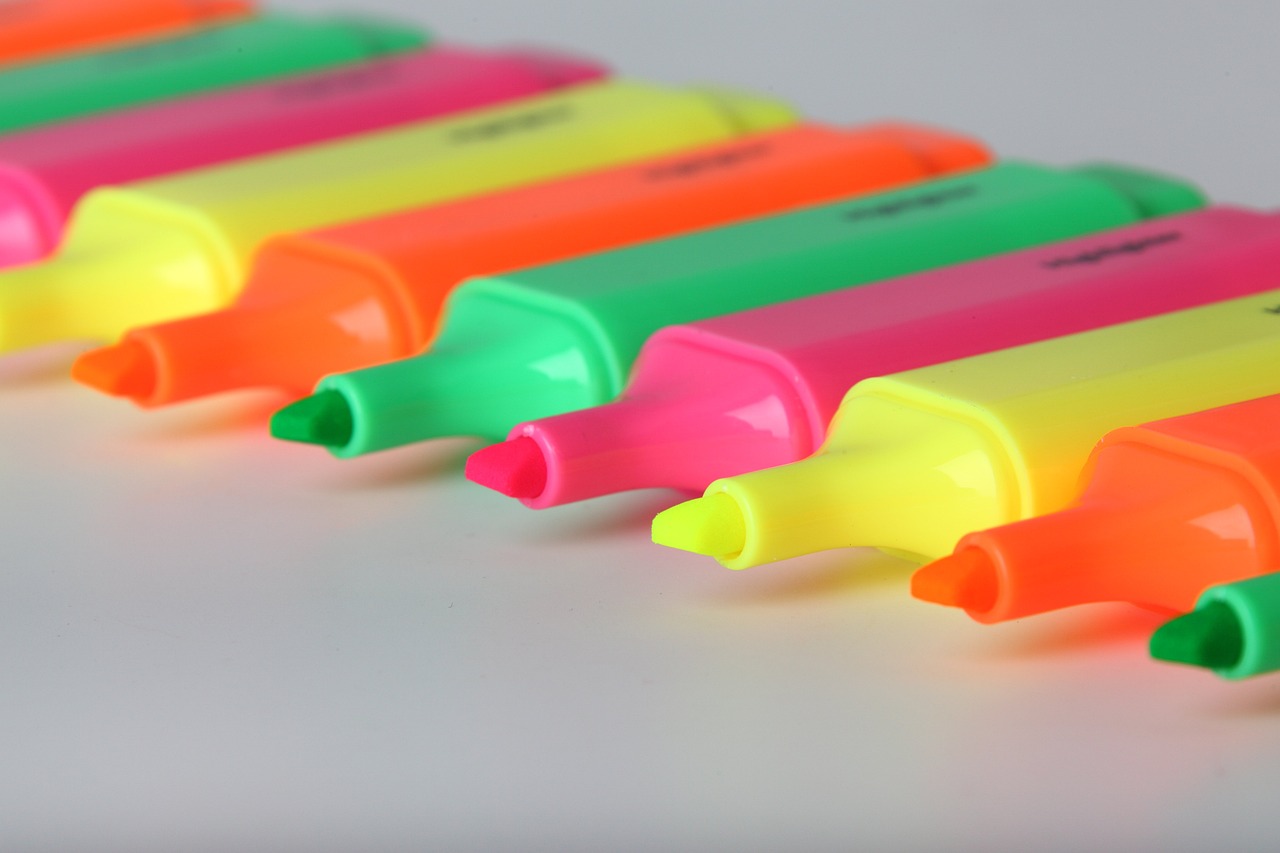
Using Paint and Stencils
When it comes to personalizing your garden markers, is one of the most effective and enjoyable methods. Imagine walking through your garden and seeing vibrant colors and beautiful designs that reflect your personality and style. It’s not just about labeling your plants; it’s about expressing your creativity! So, grab those old spoons and let’s dive into the world of paint and stencils.
First off, you’ll want to select the right type of paint. For outdoor use, it’s crucial to choose a paint that can withstand the elements. Look for weatherproof acrylic paints, as they are durable and can adhere well to metal, plastic, and wood. Consider using a primer if you’re working with metal spoons, as this will help the paint stick better and enhance its longevity. A good rule of thumb is to apply at least two coats of paint to ensure a vibrant finish.
Now, let’s talk about stencils. Stencils are a fantastic way to create neat and consistent designs. You can either purchase pre-made stencils or make your own using cardstock or plastic sheets. The beauty of stencils is that they allow you to create intricate patterns without the stress of freehand painting. When applying your stencil, make sure it’s secured in place to prevent any paint bleed. You can use painter’s tape or a light adhesive spray to hold it down.
Once your stencil is in place, use a sponge or a stencil brush to dab paint onto the spoon. This technique minimizes the risk of paint seeping under the stencil and ensures clean lines. Remember, less is more—start with a small amount of paint and build up as needed. After you’ve applied the paint, carefully lift the stencil away to reveal your design. Voila! You now have a beautifully painted garden marker that’s sure to impress.
To add even more flair, consider using multiple colors. You can create gradients or layered designs that will make your markers pop. Just ensure that you allow each layer of paint to dry before adding the next to avoid smudging. If you're feeling adventurous, you can even experiment with metallic paints or glow-in-the-dark options for a unique touch.
Finally, once your markers are fully painted and dry, it’s essential to seal them. A clear outdoor sealant will protect your artwork from fading due to sun exposure and moisture. Simply spray or brush on a thin layer, and let it dry according to the product instructions. This extra step ensures that your garden markers remain stunning and legible for many seasons to come.
In summary, using paint and stencils allows you to transform ordinary recycled spoons into extraordinary garden markers. With a splash of color and a dash of creativity, you can add a personal touch to your garden that reflects your unique style. So, gather your materials, unleash your creativity, and let your garden markers shine!
- Can I use regular paint for outdoor garden markers? It's best to use weatherproof acrylic paint to ensure durability against the elements.
- How do I prevent paint from bleeding under the stencil? Ensure the stencil is secured tightly and use a dabbing motion with a sponge or stencil brush.
- What type of sealant should I use? A clear outdoor sealant is recommended to protect your painted designs from fading and moisture.
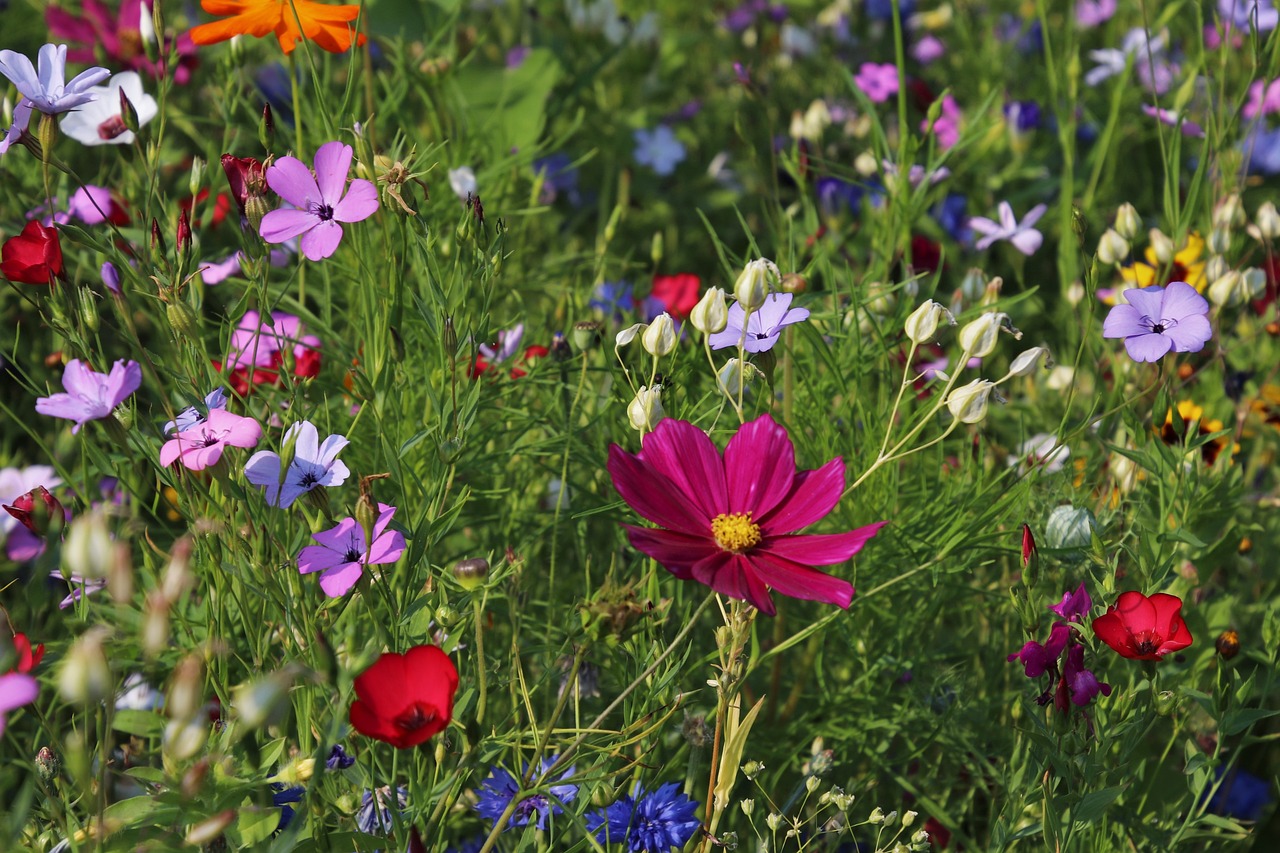
Adding Embellishments
When it comes to garden markers, adding embellishments is like putting the cherry on top of a delicious sundae. It transforms a simple spoon into a vibrant piece of art that reflects your personality and style! You can use various materials to enhance the visual appeal of your markers, making them not just functional but also a delightful part of your garden's decor. Think of embellishments as the accessories that elevate your outfit; they can make all the difference!
One of the easiest ways to add flair is by incorporating beads. Colorful beads can be threaded onto twine or wire, which can then be attached to the handle of your spoon. This not only adds color but also introduces texture to your markers. You can choose beads that match the colors of your plants or go for a contrasting palette to create a striking look.
Another fun option is to use ribbons. A simple ribbon tied around the handle can add a touch of elegance. You can experiment with different types of ribbons—satin for a luxurious feel, burlap for a rustic touch, or even patterned ribbons to add some whimsy. The beauty of ribbons is that they come in so many colors and styles, allowing you to personalize your markers effortlessly.
Don't forget about incorporating natural elements! Small twigs, dried flowers, or even leaves can be glued onto your spoon for a charming, organic look. Imagine a spoon adorned with tiny pinecones or a sprig of lavender—how enchanting would that be? Nature offers endless possibilities, and using these elements can create a beautiful harmony between your markers and your garden.
For a more artistic approach, consider using decoupage. This technique involves gluing decorative paper or fabric onto your spoon and sealing it with a waterproof finish. You can use floral patterns, vintage prints, or even your own artwork to create unique designs. Just remember to choose materials that can withstand outdoor conditions, and seal them properly to ensure longevity.
Finally, don't shy away from mixing and matching these embellishments! A garden marker could have beads, a ribbon, and a touch of decoupage all in one. The key is to let your creativity flow. As you embellish your garden markers, think about the story you want to tell. Each marker can be a small representation of your gardening journey and a reflection of your unique style.
In conclusion, adding embellishments to your garden markers not only enhances their aesthetic appeal but also makes your garden space feel more personalized and inviting. So gather your materials, unleash your creativity, and let your garden markers shine!
- What materials can I use for embellishments? You can use beads, ribbons, natural elements like twigs or flowers, and even decoupage materials like decorative paper or fabric.
- How can I ensure my embellishments last outdoors? Choose materials that are weather-resistant and seal them properly with a waterproof finish to protect them from the elements.
- Can I mix different types of embellishments? Absolutely! Mixing and matching different embellishments can create a unique and personalized look for your garden markers.
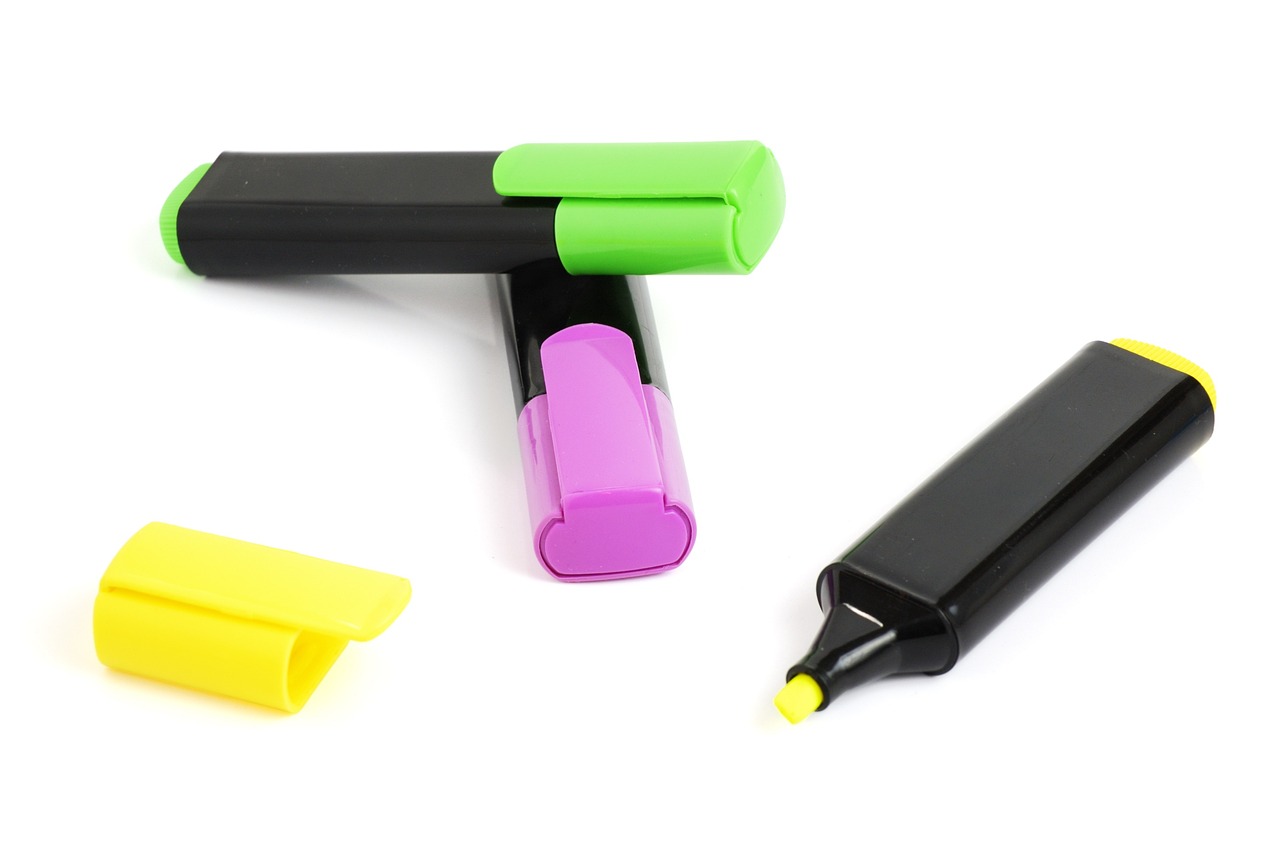
Placement and Care of Garden Markers
Once you've crafted your beautiful garden markers from recycled spoons, the next step is to think about their placement and care. Proper placement is crucial not just for aesthetics but also for functionality. You want your markers to be easily visible while still blending harmoniously with the natural beauty of your garden. Consider placing them at the base of each plant or in a small cluster for herbs, giving a cozy yet organized look. Using a consistent orientation—like having all the handles facing the same direction—can also create a tidy appearance that enhances your garden's charm.
When it comes to caring for your garden markers, think of them as little soldiers standing guard over your plants. They need protection from the elements to ensure they last through the seasons. If you’ve painted or decorated your markers, a clear weatherproof sealant can work wonders in preserving their appearance. Just a light spray or brush of sealant can shield them from rain, sun, and wind, allowing them to withstand the test of time.
Regular maintenance is key to keeping your markers looking fresh. Periodically check for any fading or damage. If you notice that a marker has lost its vibrancy, don’t hesitate to give it a little touch-up. A quick repaint or re-engraving can breathe new life into your garden markers. Additionally, if you live in an area with harsh winters, consider bringing your markers indoors or storing them in a protected area to prevent any potential damage from freezing temperatures.
Here are some quick tips to keep your garden markers looking their best:
- Placement: Position markers at plant bases for easy visibility.
- Sealants: Use weatherproof sealants to protect against the elements.
- Regular Checks: Inspect markers periodically for wear and tear.
- Seasonal Care: Store markers indoors during extreme weather.
By taking these simple steps, you can ensure that your garden markers not only serve their purpose but also continue to add a touch of personality and charm to your garden for years to come. After all, a well-marked garden is not just a practical space; it’s a canvas of creativity that reflects your unique style.
Q1: What materials are best for garden markers?
A1: Metal spoons are highly durable and weather-resistant, while plastic and wooden spoons offer versatility and ease of customization.
Q2: How do I ensure my painted markers last?
A2: Applying a clear weatherproof sealant after painting can help protect against fading and damage from the elements.
Q3: Can I use other recycled materials for markers?
A3: Absolutely! You can use old tiles, stones, or even pieces of wood to create unique garden markers.
Q4: How can I personalize my markers?
A4: You can paint, stencil, or engrave your markers. Adding embellishments like beads or ribbons can also enhance their charm.
Frequently Asked Questions
- What materials do I need to create garden markers with recycled spoons?
To make your own garden markers, you'll need some recycled spoons (metal, plastic, or wooden), paint or engravers for personalization, and optional embellishments like beads or ribbons. Don't forget basic tools like scissors, brushes, and a clear sealant for protection!
- Can I use any type of paint on metal spoons?
While you can use various types of paint, it's best to choose outdoor acrylic paint or spray paint designed for metal surfaces. These types are more durable and weather-resistant, ensuring your designs last longer in the garden.
- How do I engrave my metal spoons?
Engraving can be done using a Dremel tool or engraving pen. Start by sketching your design lightly on the spoon with a pencil, then carefully follow the lines with your engraving tool. Practice on a scrap piece first to get the hang of it!
- Are plastic spoons suitable for outdoor use?
Plastic spoons can be used, but they may not be as durable as metal ones. If you choose plastic, consider using UV-resistant paint to help them withstand the sun and rain. Keep in mind that they might fade or become brittle over time.
- What are some creative ways to personalize my garden markers?
You can personalize your garden markers by painting them in vibrant colors, using stencils for neat lettering, or adding embellishments like beads, twine, or natural elements such as leaves or flowers. Let your imagination run wild!
- How should I care for my garden markers?
To keep your garden markers looking fresh, periodically check for wear and tear. Clean them gently with a damp cloth and reapply a clear sealant if needed. If any embellishments start to fade, feel free to refresh them with new decorations!
- Can I use these markers for indoor plants as well?
Absolutely! These charming garden markers can be used indoors too. They add a lovely touch to houseplants and help you keep track of your plant varieties, making your indoor space feel more organized and vibrant.


















